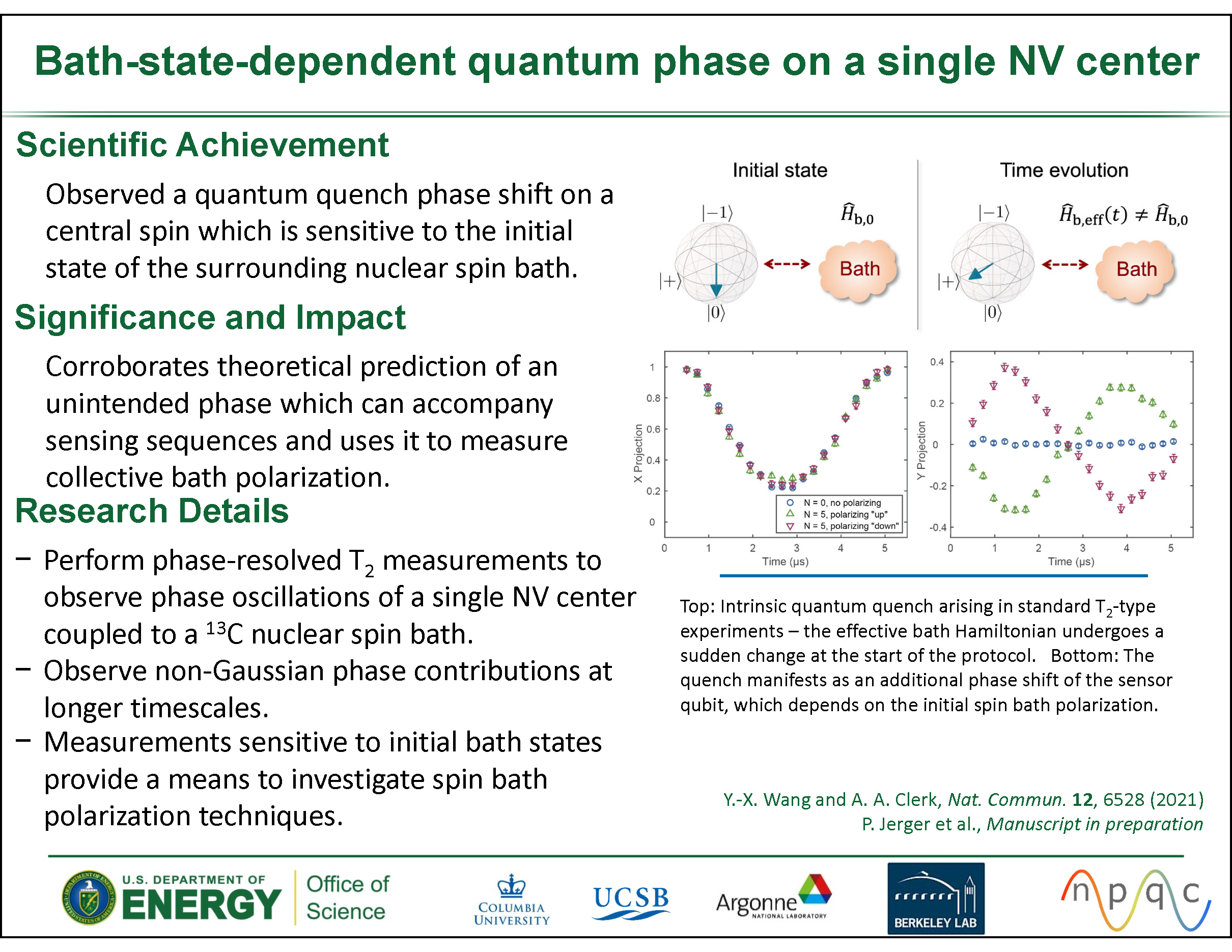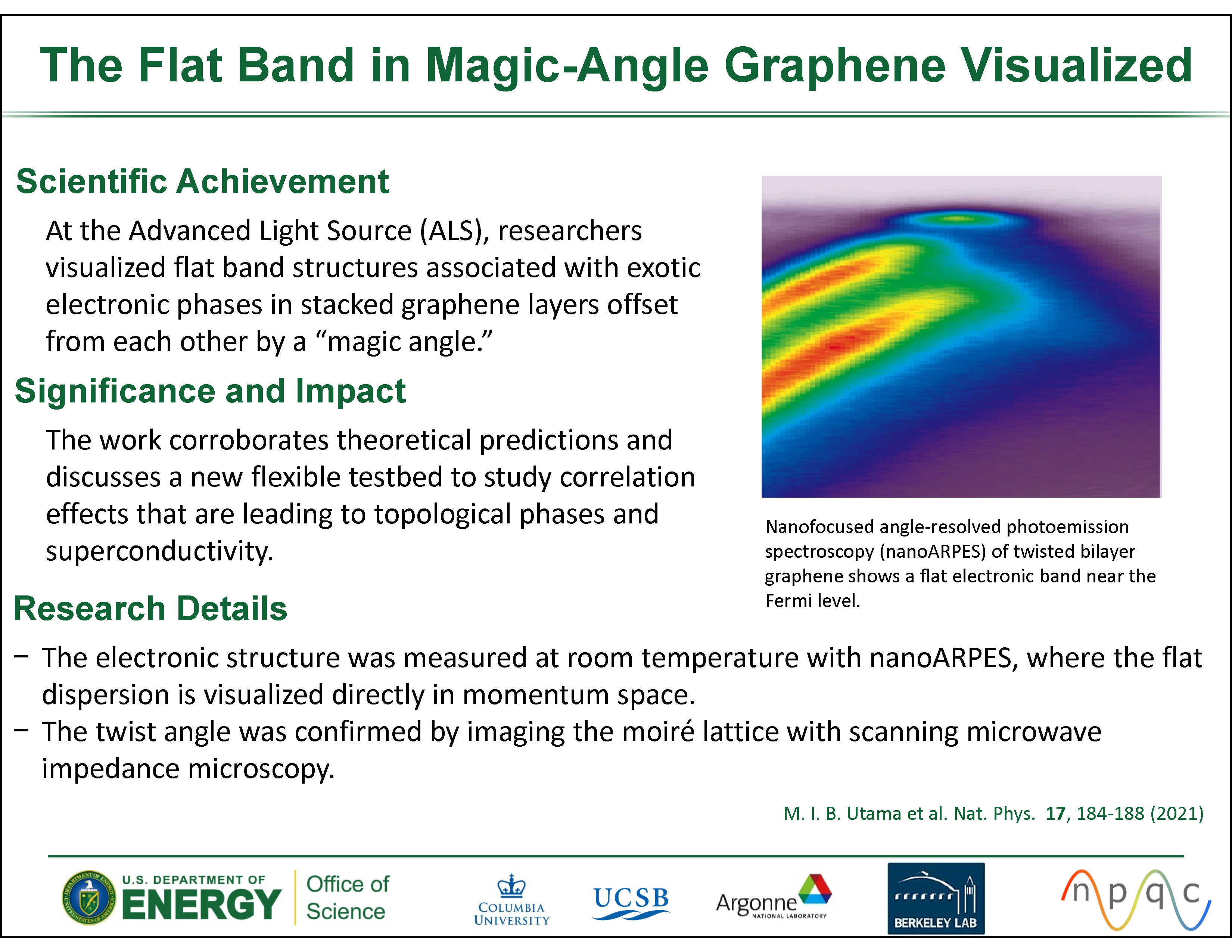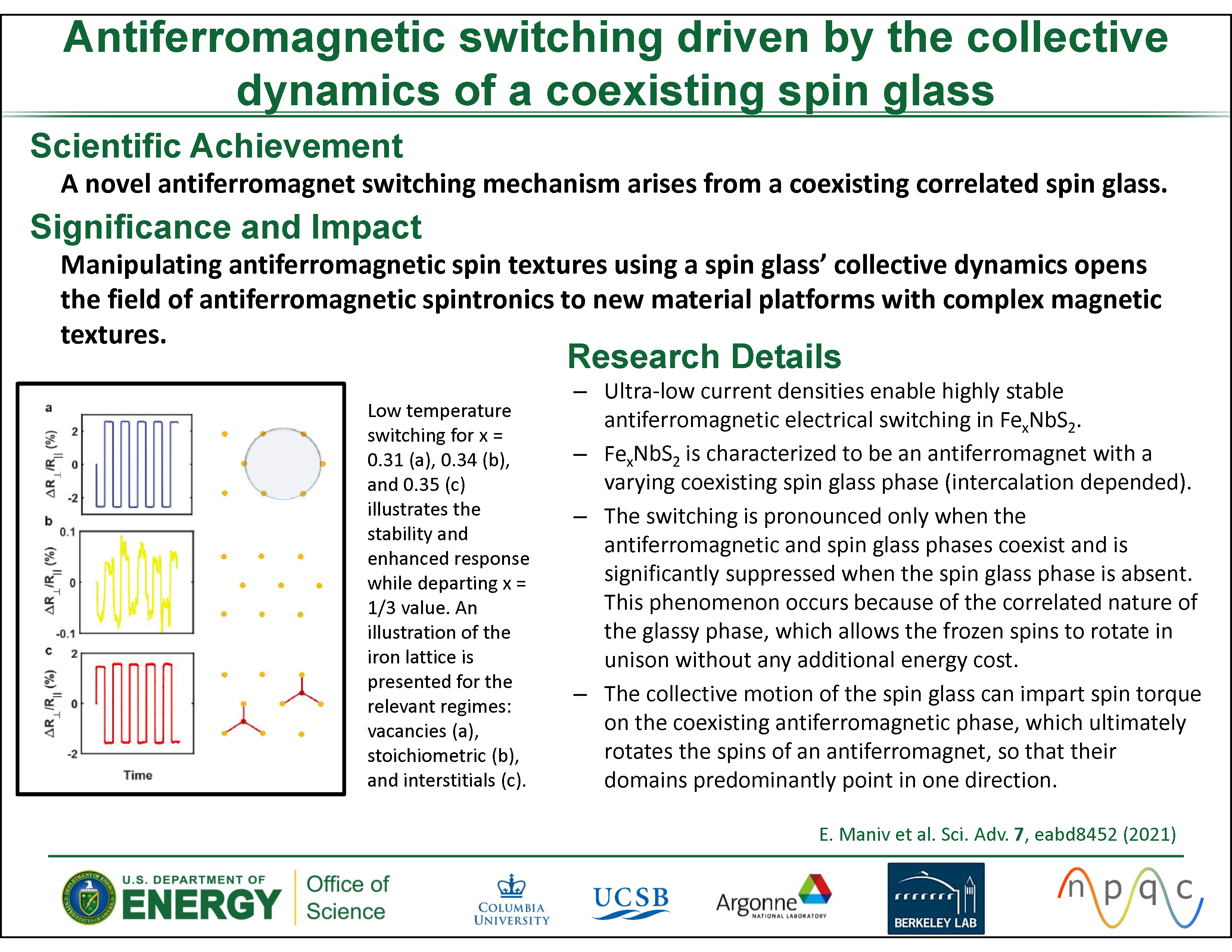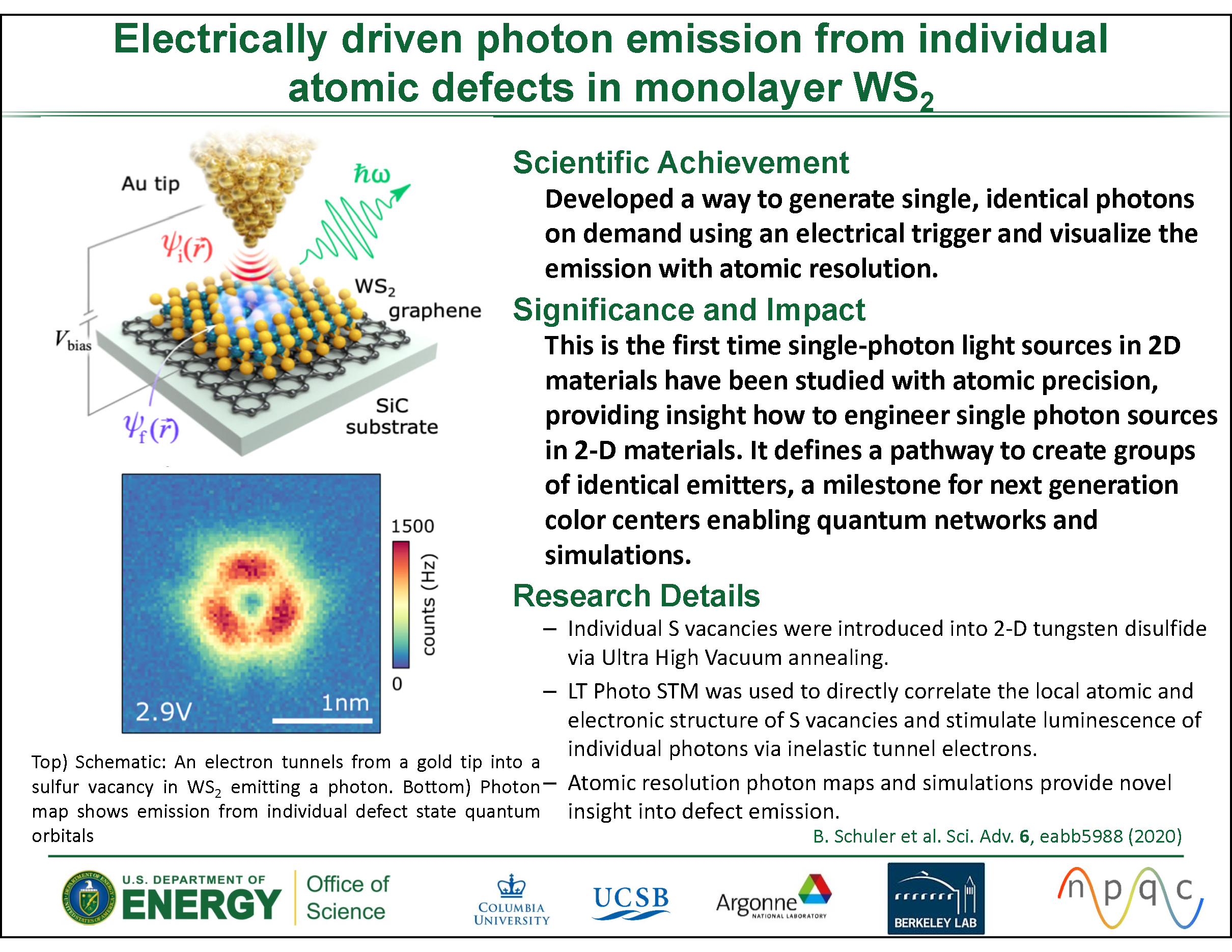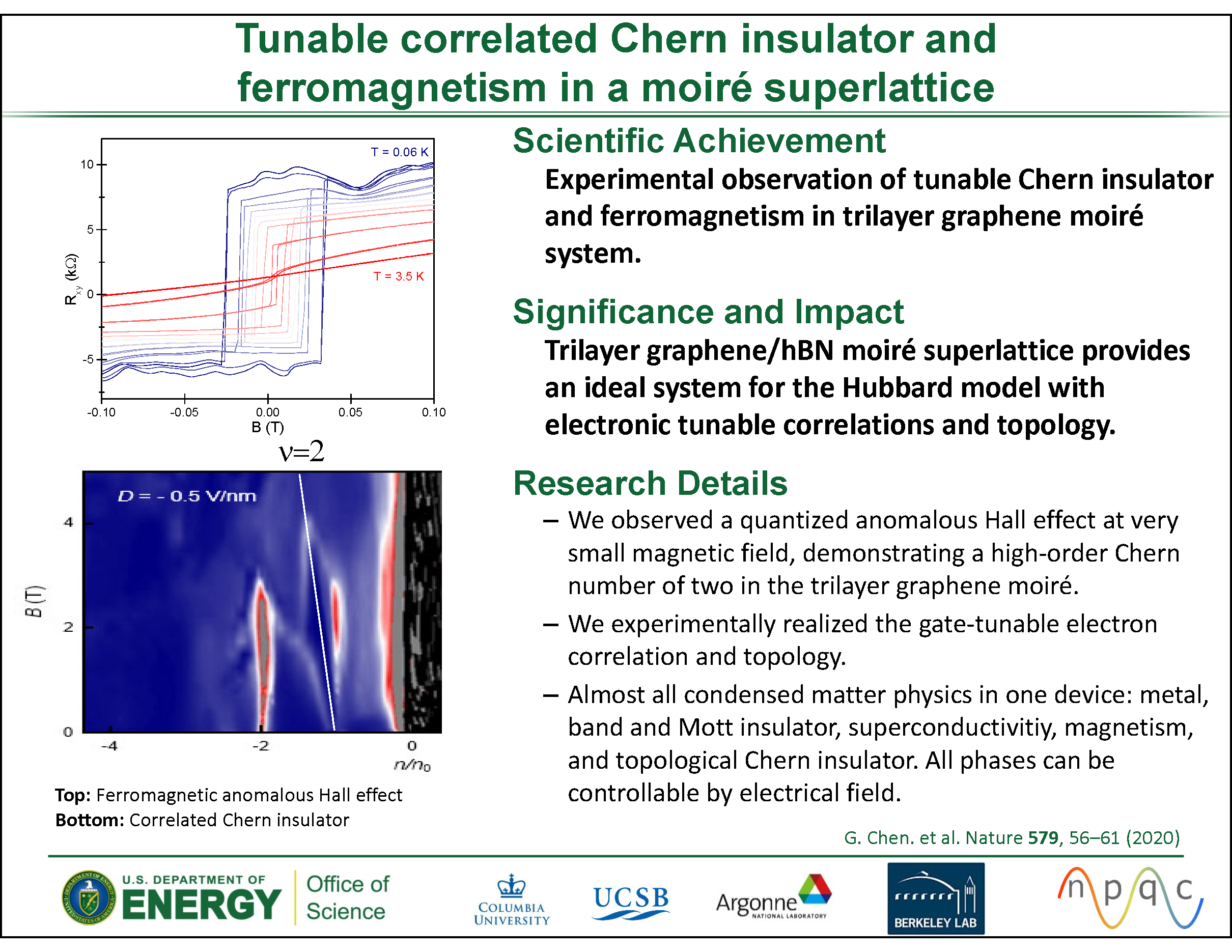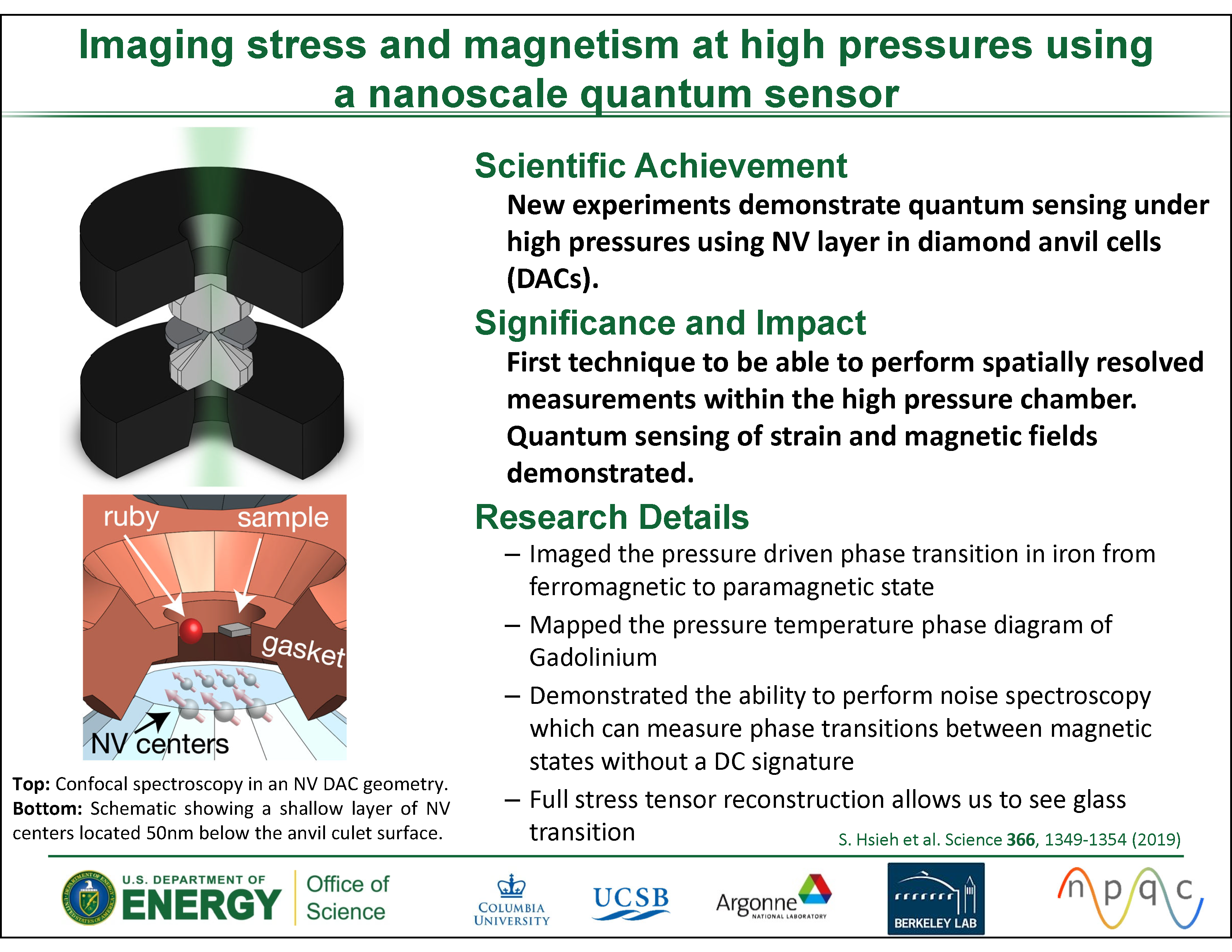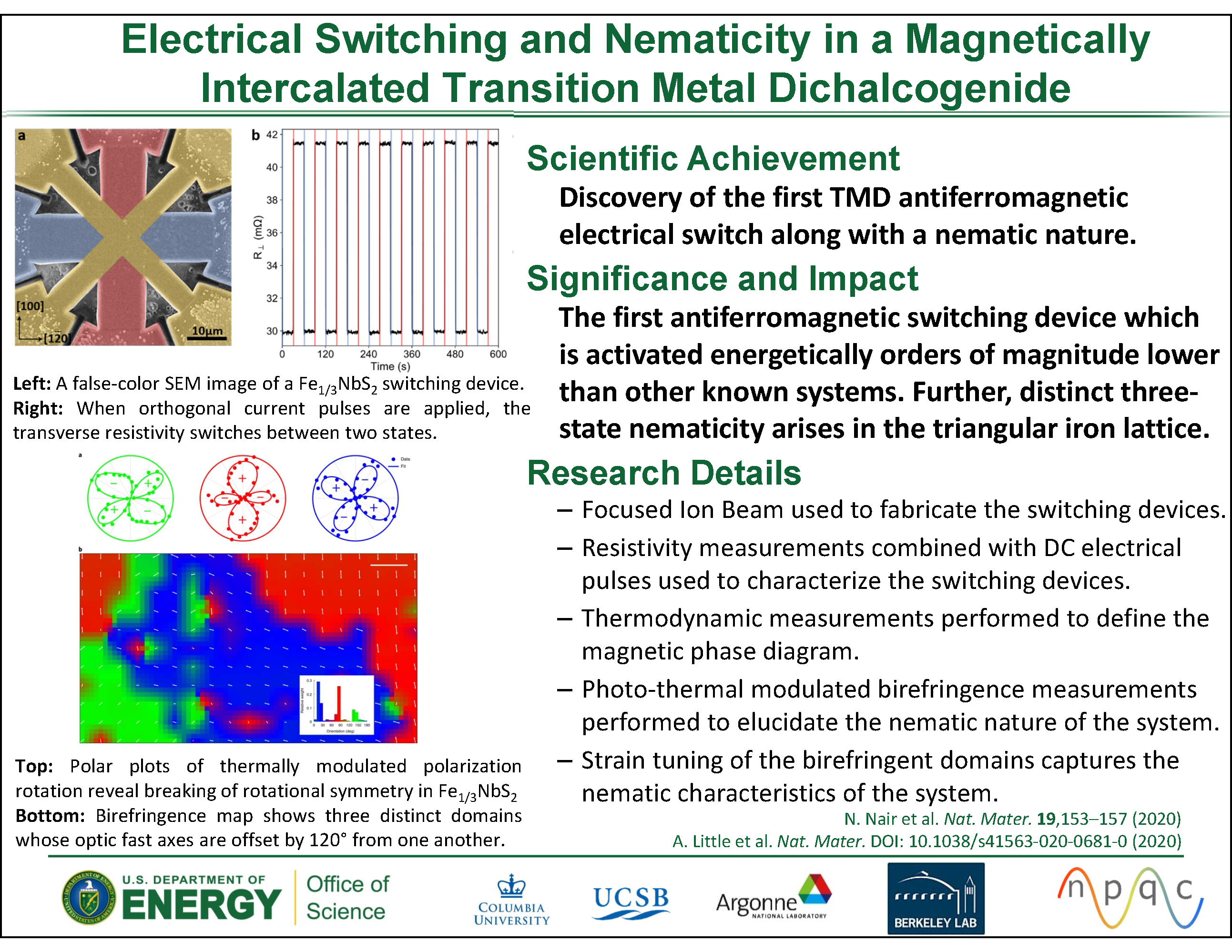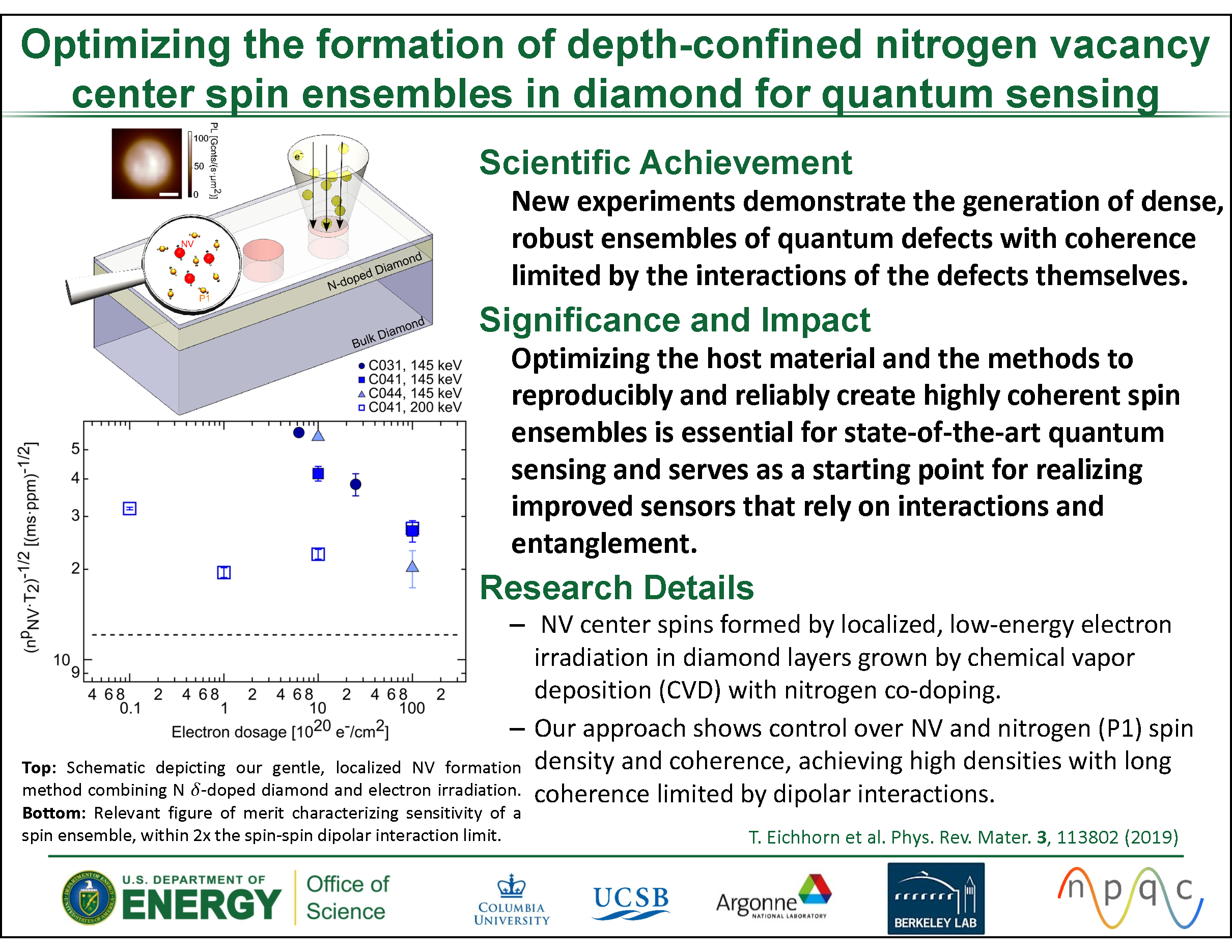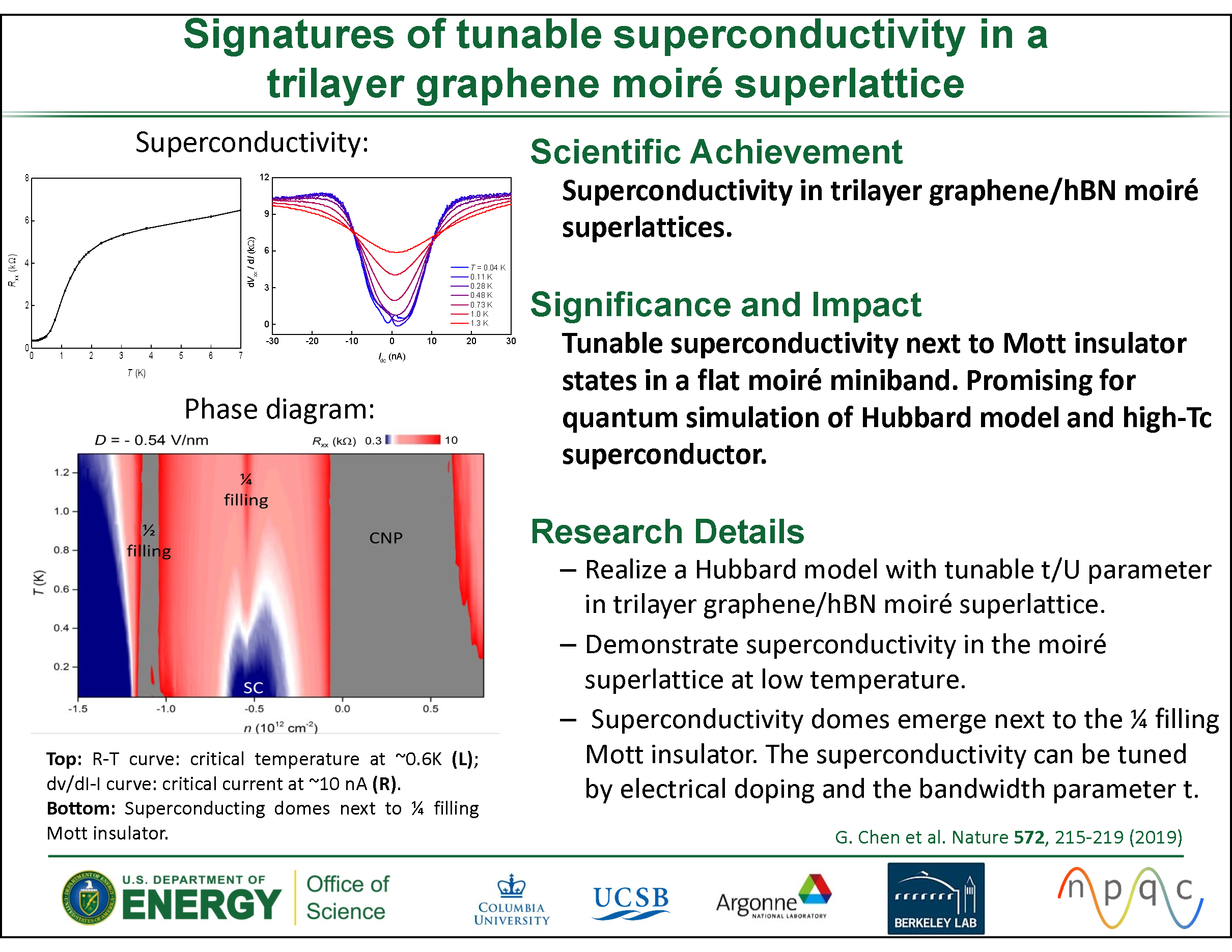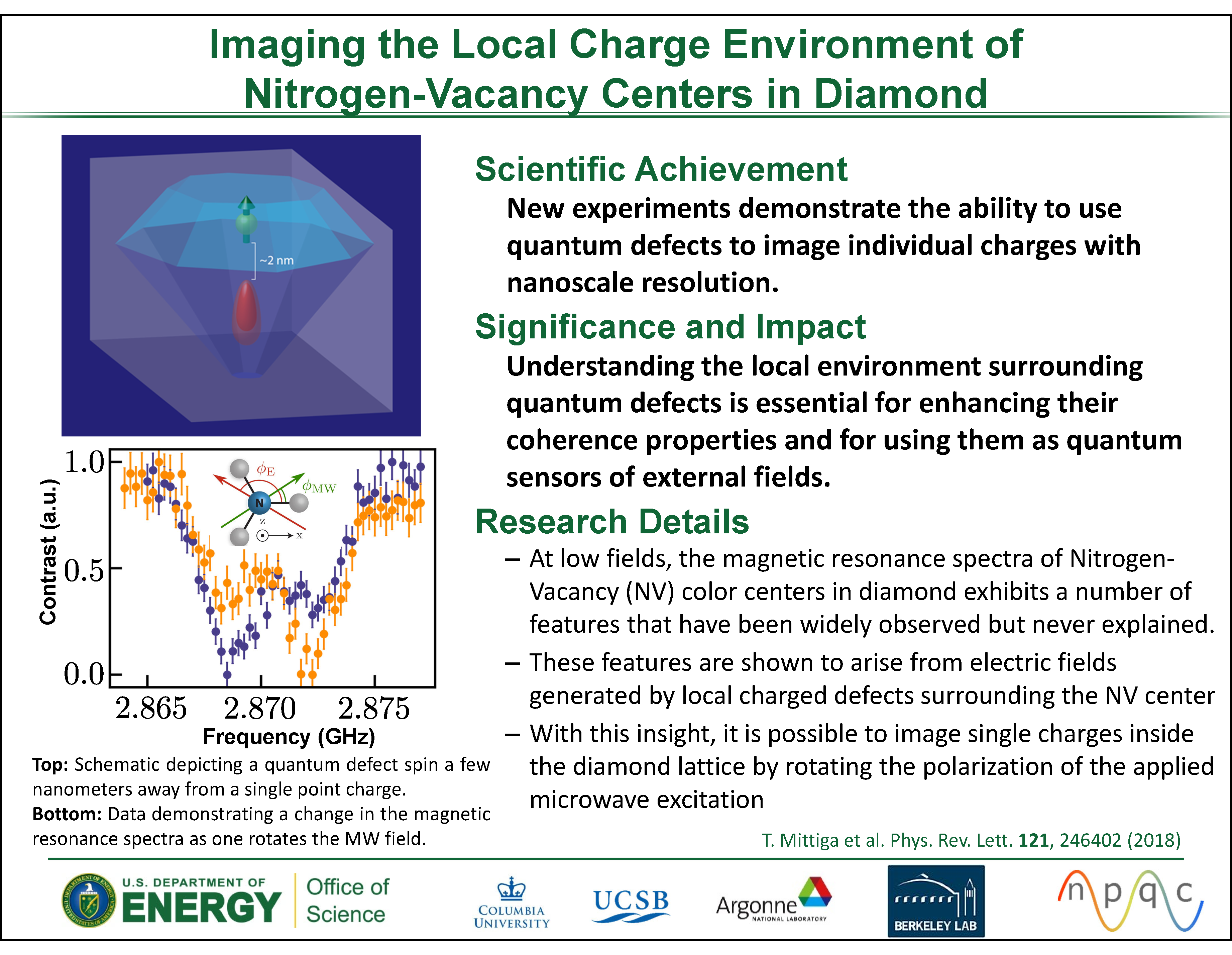Central spin models are of critical importance both in protecting spin qubits from decoherence and for developing qubits as sensors of environmental noise. Recent theoretical predictions have indicated that simply changing the state of the central spin, such as when performing T2 spectroscopy measurements, can trigger a change in the bath which in turn influences the evolution of the qubit. We experimentally observe such an interaction on a single NV center surrounded by a bath of 13C nuclear spins, which appears as a time-dependent phase shift of the NV center superposition. Notably, this phase is sensitive to the initial state of the quantum bath, and by fitting it to theoretical predictions, we can directly measure the initial polarization of the surrounding bath spins. These measurements are useful for investigating the Gaussian (short timescales/weaker interactions) and non-Gaussian (long timescales/stronger interactions) character of the bath, since each regime exhibits different phase evolution, and for evaluating the efficiency and nonidealities of bath polarization transfer techniques. Better polarization detection and initialization methods benefit both NMR hyperpolarization efforts and state preparation for nuclear spin memories. [Read the paper]
It has been theorized that, at a twist angle of about 1° (the “magic angle”), twisted bilayer graphene (tBLG) will exhibit flattened electronic bands near the charge-neutrality point (where upper and lower bands meet). An implication of this flat band structure is a high density of states, which has been known to provide a platform for emergent electronic phases involving strong (correlated) electron interactions. For example, magic-angle tBLG can host both strongly correlated insulating and superconducting states that can be controlled by doping the material with charge carriers using an applied gate voltage. In general, magic-angle tBLG has been shown to exhibit a rich phase diagram at low temperature, making it a promising, relatively simple system for the study of exotic phenomena such as unconventional superconductivity, topological phases, and orbital magnetism. Although the implications of flat band dispersions have been widely reported, flat bands in tBLG had never before been directly visualized experimentally. In this work, the researchers used nanofocused angle-resolved photoemission spectroscopy (nanoARPES) at ALS Beamline 7.0.2 (MAESTRO) to probe tBLG samples for evidence of the flat bands, which are difficult to resolve using other methods. Moreover, the high spatial resolution of the nanoARPES beamline is crucial in light of the micron-sized effective sample area, along with the inhomogeneity and local variations in the twist angle that are known to occur in fabricated tBLG samples. [Read the paper]
The theory behind the electrical switching of antiferromagnets is premised on the existence of a well-defined broken symmetry state that can be rotated to encode information. A spin glass is, in many ways, the antithesis of this state, characterized by an ergodic landscape of nearly degenerate magnetic configurations, choosing to freeze into a distribution of these in a manner that is seemingly bereft of information. Here, we show that the coexistence of spin glass and antiferromagnetic order allows a novel mechanism to facilitate the switching of the antiferromagnet Fe1/3 + δNbS2, rooted in the electrically stimulated collective winding of the spin glass. The local texture of the spin glass opens an anisotropic channel of interaction that can be used to rotate the equilibrium orientation of the antiferromagnetic state. Manipulating antiferromagnetic spin textures using a spin glass’ collective dynamics opens the field of antiferromagnetic spintronics to new material platforms with complex magnetic textures. [Read the paper]
Quantum dot–like single-photon sources in transition metal dichalcogenides (TMDs) exhibit appealing quantum optical properties but lack a well-defined atomic structure and are subject to large spectral variability. Here, we demonstrate electrically stimulated photon emission from individual atomic defects in monolayer WS2 and directly correlate the emission with the local atomic and electronic structure. Radiative transitions are locally excited by sequential inelastic electron tunneling from a metallic tip into selected discrete defect states in the WS2 bandgap. Coupling to the optical far field is mediated by tip plasmons, which transduce the excess energy into a single photon. The applied tip-sample voltage determines the transition energy. Atomically resolved emission maps of individual point defects closely resemble electronic defect orbitals, the final states of the optical transitions. Inelastic charge carrier injection into localized defect states of two-dimensional materials provides a powerful platform for electrically driven, broadly tunable, atomic-scale single-photon sources. [Read the paper]
Studies of two-dimensional electron systems in a strong magnetic field revealed the quantum Hall effect, a topological state of matter featuring a finite Chern number C and chiral edge states. Haldane later theorized that Chern insulators with integer quantum Hall effects could appear in lattice models with complex hopping parameters even at zero magnetic field. Here we report the experimental observation of a correlated Chern insulator in an ABC-trilayer graphene/hexagonal boron nitride (ABC-TLG/hBN) moiré superlattice. We show that reversing the direction of the applied vertical electric field switches the moiré minibands of ABC-TLG/hBN between zero and finite Chern numbers. For topological hole minibands tuned to have a finite Chern number, we focus on quarter filling, corresponding to one hole per moiré unit cell. The Hall resistance is well quantized at h/2e2 (where h is Planck’s constant and e is the charge on the electron), which implies C = 2, for a magnetic field exceeding 0.4 tesla. The correlated Chern insulator is ferromagnetic, exhibiting substantial magnetic hysteresis and a large anomalous Hall signal at zero magnetic field. Our discovery of a C = 2 Chern insulator at zero magnetic field should open up opportunities for discovering correlated topological states, possibly with topological excitations, in nearly flat and topologically nontrivial moiré minibands. [Read the paper]
Pressure alters the physical, chemical, and electronic properties of matter. The diamond anvil cell enables tabletop experiments to investigate a diverse landscape of high-pressure phenomena. Here, we introduce and use a nanoscale sensing platform that integrates nitrogen-vacancy (NV) color centers directly into the culet of diamond anvils. We demonstrate the versatility of this platform by performing diffraction-limited imaging of both stress fields and magnetism as a function of pressure and temperature. We quantify all normal and shear stress components and demonstrate vector magnetic field imaging, enabling measurement of the pressure-driven α↔ϵα↔ϵ phase transition in iron and the complex pressure-temperature phase diagram of gadolinium. A complementary NV-sensing modality using noise spectroscopy enables the characterization of phase transitions even in the absence of static magnetic signatures. [Read the paper]
Advances in controlling the correlated behaviour of transition metal dichalcogenides have opened a new frontier of many-body physics in two dimensions. A field where these materials have yet to make a deep impact is antiferromagnetic spintronics—a relatively new research direction promising technologies with fast switching times, insensitivity to magnetic perturbations and reduced cross-talk. Here, we present measurements on the intercalated transition metal dichalcogenide Fe1/3NbS2 that exhibits antiferromagnetic ordering below 42 K. We find that remarkably low current densities of the order of 104 A cm−2 can reorient the magnetic order, which can be detected through changes in the sample resistance, demonstrating its use as an electronically accessible antiferromagnetic switch. Fe1/3NbS2 is part of a larger family of magnetically intercalated transition metal dichalcogenides, some of which may exhibit switching at room temperature, forming a platform from which to build tuneable antiferromagnetic spintronic device. [Read the paper]
Spin ensembles of nitrogen vacancy (NV) centers in diamond are emerging as powerful spin-based sensors for magnetic, electric and thermal field imaging with high spatial and temporal resolution. Here we characterize the formation of depth-confined NV center ensembles, activated by electron irradiation in diamond layers grown by plasma enhanced chemical vapor deposition with nitrogen co-doping. To do so, we exploit the high magnetic sensitivity of ensembles of NV centers to probe their spin environment as a function of growth and irradiation parameters. We engineer an NV ensemble whose magnetic sensitivity is within a factor of two of the static NV-NV dipolar interaction limit, thus demonstrating a powerful platform for quantum sensing. [Read the paper]
Understanding the mechanism of high-transition-temperature (high-Tc) superconductivity is a central problem in condensed matter physics. It is often speculated that high-Tc superconductivity arises in a doped Mott insulator as described by the Hubbard model. An exact solution of the Hubbard model, however, is extremely challenging owing to the strong electron–electron correlation in Mott insulators. Therefore, it is highly desirable to study a tunable Hubbard system, in which systematic investigations of the unconventional superconductivity and its evolution with the Hubbard parameters can deepen our understanding of the Hubbard model. Here we report signatures of tunable superconductivity in an ABC-trilayer graphene (TLG) and hexagonal boron nitride (hBN) moiré superlattice. Unlike in ‘magic angle’ twisted bilayer graphene, theoretical calculations show that under a vertical displacement field, the ABC-TLG/hBN heterostructure features an isolated flat valence miniband associated with a Hubbard model on a triangular superlattice where the bandwidth can be tuned continuously with the vertical displacement field. Upon applying such a displacement field we find experimentally that the ABC-TLG/hBN superlattice displays Mott insulating states below 20 kelvin at one-quarter and one-half fillings of the states, corresponding to one and two holes per unit cell, respectively. Upon further cooling, signatures of superconductivity (‘domes’) emerge below 1 kelvin for the electron- and hole-doped sides of the one-quarter-filling Mott state. The electronic behaviour in the ABC-TLG/hBN superlattice is expected to depend sensitively on the interplay between the electron–electron interaction and the miniband bandwidth. By varying the vertical displacement field, we demonstrate transitions from the candidate superconductor to Mott insulator and metallic phases. Our study shows that ABC-TLG/hBN heterostructures offer attractive model systems in which to explore rich correlated behaviour emerging in the tunable triangular Hubbard model. [Read the paper]
Characterizing the local internal environment surrounding solid-state spin defects is crucial to harnessing them as nanoscale sensors of external fields. This is especially germane to the case of defect ensembles which can exhibit a complex interplay between interactions, internal fields, and lattice strain. Working with the nitrogen-vacancy (NV) center in diamond, we demonstrate that local electric fields dominate the magnetic resonance behavior of NV ensembles at a low magnetic field. We introduce a simple microscopic model that quantitatively captures the observed spectra for samples with NV concentrations spanning more than two orders of magnitude. Motivated by this understanding, we propose and implement a novel method for the nanoscale localization of individual charges within the diamond lattice; our approach relies upon the fact that the charge induces a NV dark state which depends on the electric field orientation. [Read the paper]


